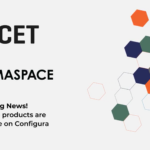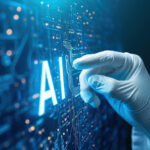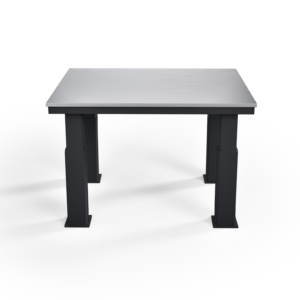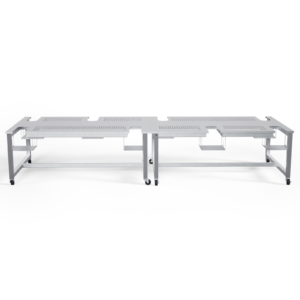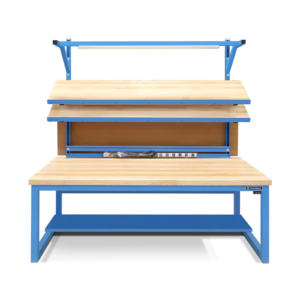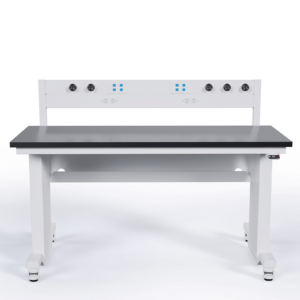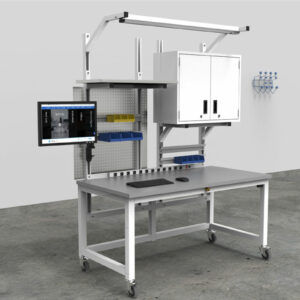Modern Electronics Use a Lot of Expensive, Often Hard to Source Materials, including Gold, Cobalt, Lithium, and Other Rare Earth Metals
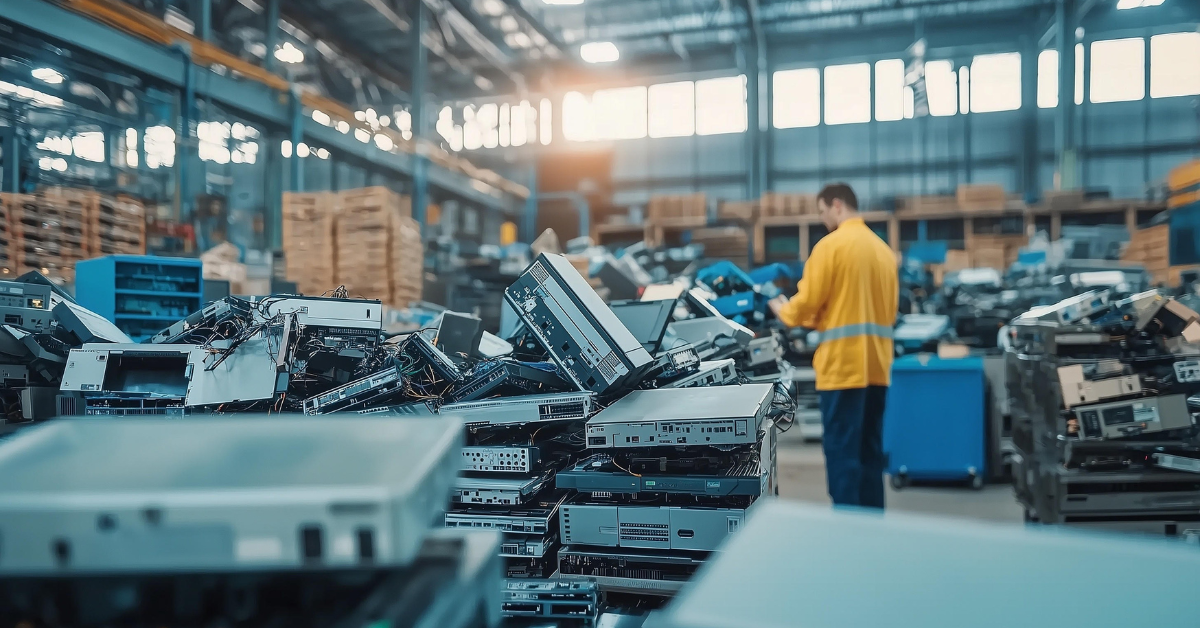
The modern battery-powered consumer electronics era didn’t start with the iPhone. It dates back to 1954, with the introduction of the handheld portable Regency TR-1 transistor radio, the first consumer device to use the revolutionary new transistor devices developed by Bell Labs in 1947.
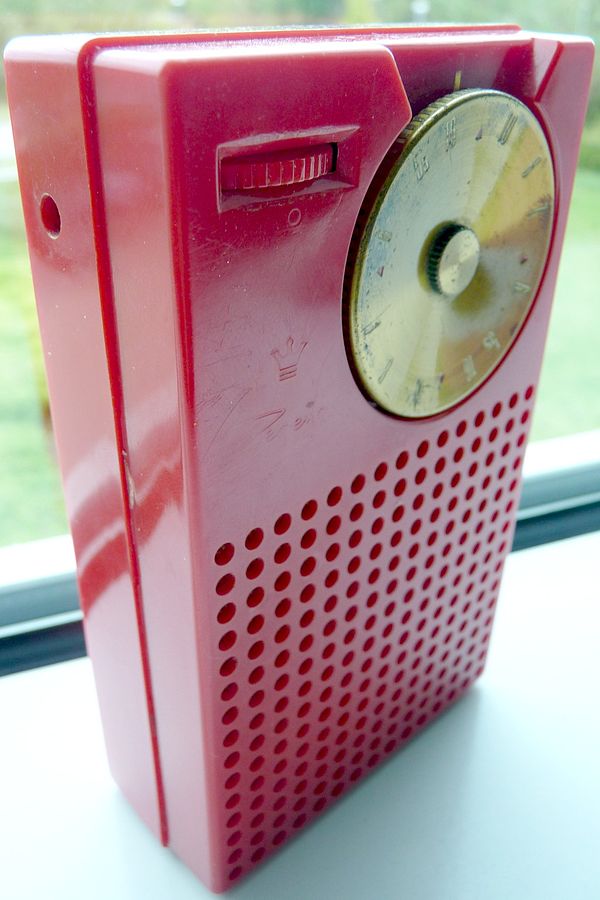
It’s estimated that billions of transistor radios have been sold since.
If you take apart consumer devices from the 1950s to the early 1970s, you will see a lot of hand assembly was used to solder individual electronic components together using point-to-point wiring.
Although there were early efforts to develop printed circuit boards (see Thomas A. Edison’s experiments in 1904 and others), the urgency changed in 1959 when Fairchild Semiconductor introduced the integrated circuit (ICs). NASA bought most of these devices throughout the 1960s to power the space race, but by the early 1970s, integrated circuits mounted on printed circuit boards were showing up in consumer devices, such as Texas Instruments’ famous handheld scientific calculators.
By the 1980s, printed circuit boards were ubiquitous in many consumer electronic devices, from SONY’s Walkman to Apple’s Macintosh personal computers.
The next big leap was to create lightweight batteries capable of powering these energy-hungry electronic devices – allowing users the opportunity to disconnect the electric cord for hours at a time.
The solution that made it happen was the development of lithium-ion batteries – invented in part by M. Stanley Whittingham, John Goodenough, and Akira Yoshino –an achievement that earned all three the Chemistry Nobel Prize in 2019 for their discoveries.
By 1991, SONY had introduced lithium-ion batteries, kick-starting the mobile revolution that powers today’s laptop computers, mobile phones, and, more recently, electronic vehicles using lightweight, long-lasting portable battery storage.
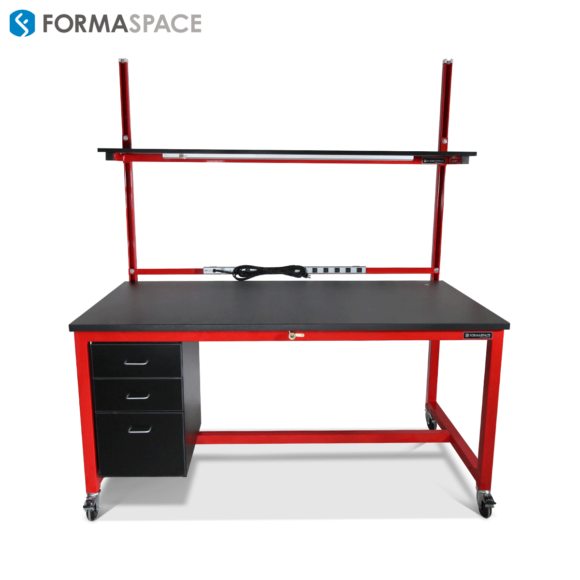
Electronic Vehicles and Consumer Devices are the Largest Users of Critical Materials, with AI Data Centers Coming Up Strong
The consumer electronics device market has created a huge demand for critical materials.
For example, today’s printed circuit boards (PCBs), which can be found in everything from smartphones and televisions to refrigerators and washing machines, use a lot of copper but also smaller amounts of silver and gold. (Gold is especially useful because it has very high electric conductivity and does not corrode, which prevents press-fit connector pins and other conducting surfaces from degrading over time.)
In addition to gold and silver, PCBs may also contain small amounts of platinum, palladium, tin, nickel, and other rare earth materials.
Consumer devices, such as phones and portable computers, also drive up the demand for conventional lithium-ion batteries. These batteries typically contain a large amount of lithium (obviously) but also significant amounts of cobalt, nickel, manganese, and graphite.
In recent years, electric vehicle manufacturers have eclipsed consumer devices as the largest consumer of batteries.
EV battery manufacturers have experimented with different battery chemistries –including lithium cobalt oxide (LCO), lithium manganese oxide (LMO), lithium iron phosphate (LFP aka LiFePO4), lithium nickel cobalt aluminum oxide (NCA), and lithium nickel manganese cobalt oxide (NMC) – in attempt to create greater energy density at less cost.
For example, lithium iron phosphate batteries use less cobalt, a very expensive material.
EVs have also driven up the demand for rare earth materials, especially those with exceptionally strong magnetic field proprieties, as they help increase the power output of electric motors while reducing the size/weight of the components.
But time does not stand still.
Hot on the heels of the EV revolution, we now find ourselves at the start of a new data center revolution, one that needs tremendous amounts of computing power to serve up the expected high demand for Generative AI applications.
One major consequence of the AI revolution is its potential impact on the growing problem of electronic waste (e-waste).
A recent article published in Nature by researchers in China and the UK points out that investments to build out new data AI centers and upgrade existing equipment – which often means discarding it in the trash – could increase the global amount of discarded electronic waste (e.g. computers, PCBs, chip, etc.) by an additional 1.2 and 5 million metric tons between now and the year 2030.
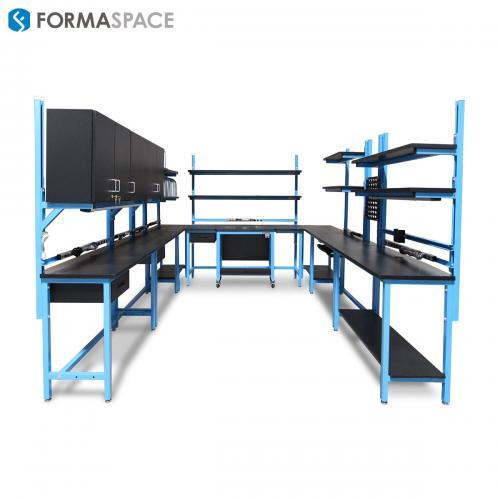
Recycling EV batteries is a Thriving Business – But Recycling Discarded Consumer Electronic Devices is Proving More Challenging.
Electronic waste recycling companies have jumped on the opportunity to recycle the large batteries fitted to EVs once they reach the end of their service life, be it due to internal electric faults, batteries losing charge over time, or vehicular accidents.
The economics make sense.
Each EV battery contains a relatively large amount of valuable materials within each battery pack. There are also a relatively limited number of unique battery designs and chemistries in the field, which works in favor of recycling operators who are looking to scale up their operations with repeatable procedures.
This is not the case for consumer devices.
There are thousands of different consumer product designs, each of which might have different combinations of circuit board designs and batteries. The electronic components are often difficult to get to, in some cases, requiring significant disassembly efforts to reach hidden printed boards.
The complexity of recycling these devices has resulted in a couple of methods currently in widespread use for recovering valuable materials.
In the first method, consumer device electronic waste is shipped off to low-wage foreign countries, such as Nigeria, where workers painstakingly pick discarded electronic products apart to extract valuable components and materials. Individual components, such as printed circuit boards, are sorted and hopefully sold on to wholesalers who sell them to buyers who reuse the components.
The alternate method is to shred discarded electronic components and then use different mechanical and chemical processes to extract the valuable materials, such as copper or gold.
The sophistication of these operations varies widely, as does the impact on the environment. For example, shredding operations in West Africa may use open-air smelters – offering workers and the surrounding communities no protection from toxic fumes that are used to melt down shredded electronics to get at the copper metal.
More sophisticated operations in Japan or Europe can extract gold from this shredded waste with great efficiency and little impact on the environment. Unfortunately, these companies charge high rates that make it uneconomic for most recycling operators to use.
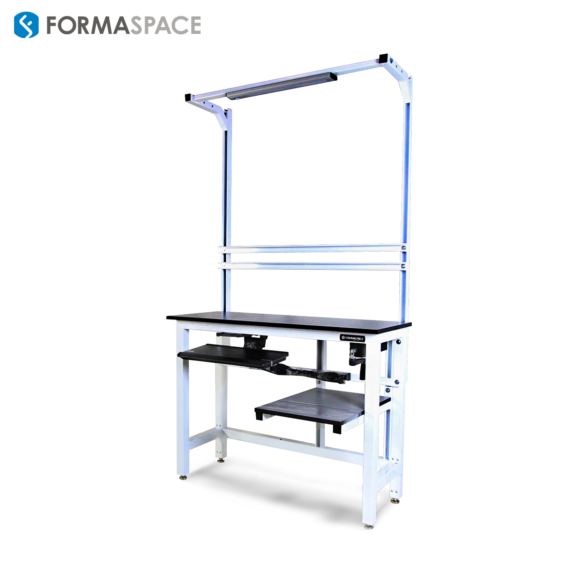
New Techniques Developed in the Laboratory May Help Make Recycling Electronics More Efficient and More Profitable
Laboratory researchers are investigating how to improve the yield of recycling e-waste while reducing the cost and the impact on the environment.
The economics are compelling on paper.
A paper published in Materials Today: Proceedings in 2022 estimates that the amount of new electronic waste (e-waste) generated globally each year has rocketed up from 20 to 40 million tons. Unfortunately, according to the EPA, less than 20% of e-waste is recycled – most of it ends up in landfills or is incinerated without recovering any valuable materials.
That means we are burying a huge amount of valuable materials underground or letting it go up in smoke.
For example, a ton of discarded printed circuit boards could contain as much as 150 grams of gold, which is worth around $12,000 in today’s gold prices. If you add the other materials that could be extracted, including copper, silver, and palladium, the price of the recovered metals could be much higher.
Researchers are looking to improve several techniques for recovering these materials, including pyrometallurgical, hydrometallurgical, electrometallurgical, and bioleaching processes.
Bioleaching may be one of the preferred methods to extract these valuable metals from shredded printed circuit boards. This method uses bacteria, such as Acidithiobacillus ferrooxidans, to create a strong oxidizing agent that can dissolve the metals into a solution. This approach has two advantages: it’s much less energy-intensive than smelting, and it doesn’t produce the toxic fumes associated with smelting.
One company that is pursuing this bioleaching approach is Bioscope Technologies, which is building a new bioleaching plant in Cambridge, England. They hope to process up to 1,000 tons of printed circuit boards a year. At the moment, they can recover key metals, such as gold, silver, copper, and palladium. Their researchers have recently perfected a method to also recover tin from printed circuit boards, and next year, they hope to add zinc, gallium, and tantalum to their recovery list.
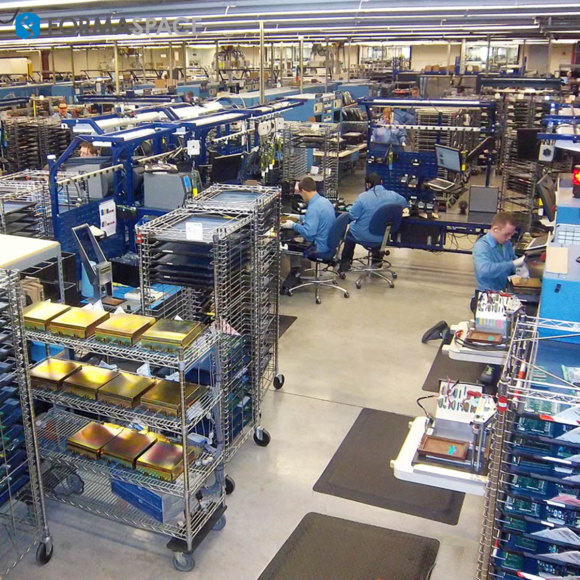
Formaspace is Your Laboratory Research Partner
Evolving Workspaces. It’s in our DNA.
Talk to your Formaspace Sales Representative or Strategic Dealer Partner today to learn more about how we can work together to make your next construction project or remodel a success.



